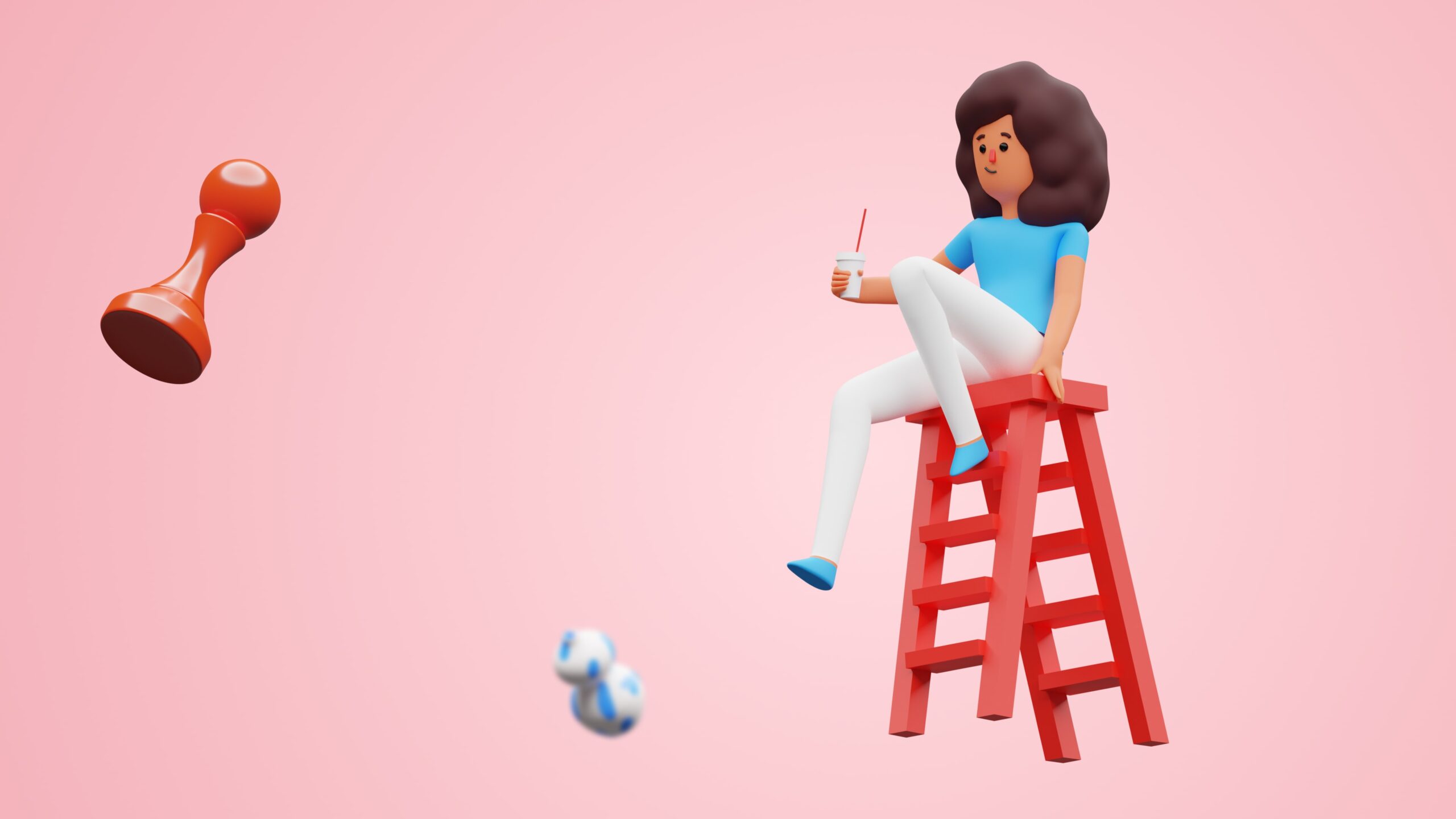Define a Problem Statement.
Identifying the problems that users face is one of the most important parts of UX design. Problem statements provide clarity about your users’ goals and help UX designers identify constraints that prevent users from meeting those goals.
Problem statements also help your team measure success.
Defining a problem is a crucial step in the UX research process as it sets the foundation for developing effective solutions. As a UX researcher, your role is to delve deeply into understanding the user, their needs, and the context in which they operate. Using the 5W and How method can significantly aid in this process by ensuring thorough and comprehensive problem definition. Here’s how you can approach it
The most common framework used to create problem statements is the 5 Ws and H framework. After you define the user’s pain points, you can answer who, what, when, where, why, and how to solve the user’s problem

- Who is experiencing the problem?
- What are the pain points you’re trying to solve?
- Where is the user when they’re using the product?
- When does the problem occur?
- Why is the problem important?
- How are users reaching their goals by using the product?
To design a solution that fits the needs of your users, you have to understand the problem from their point of view. Thinking through the 5 Ws and how forces you to write out who the user is and describe the full context of the problem from the user’s perspective.
Using the 5W and How framework ensures that you have a holistic understanding of the problem from various angles. Here’s how you can use this framework in practice:
- Conduct User Research: Gather qualitative and quantitative data through interviews, surveys, usability testing, and analytics.
- Create Personas and Scenarios: Develop detailed personas and scenarios based on your research to visualize who the users are and the context of their problems.
- Map the User Journey: Identify touchpoints and pain points throughout the user journey to understand when and where the problem occurs.
- Analyze Data: Synthesize the data to uncover patterns and insights that reveal the root causes of the problem.
- Define the Problem Statement: Craft a clear and concise problem statement that encapsulates the insights from your research. This statement should guide the design and development of solutions.
Example Problem Statement
“Freelance graphic designers (Who) frequently struggle to manage their client projects efficiently (What) due to the lack of integrated tools (Why) when working from multiple locations (Where), especially during peak project times (When), leading to missed deadlines and client dissatisfaction (How).”
By thoroughly answering these questions, you create a solid foundation for developing solutions that are user-centered and address the real needs and challenges faced by users.



